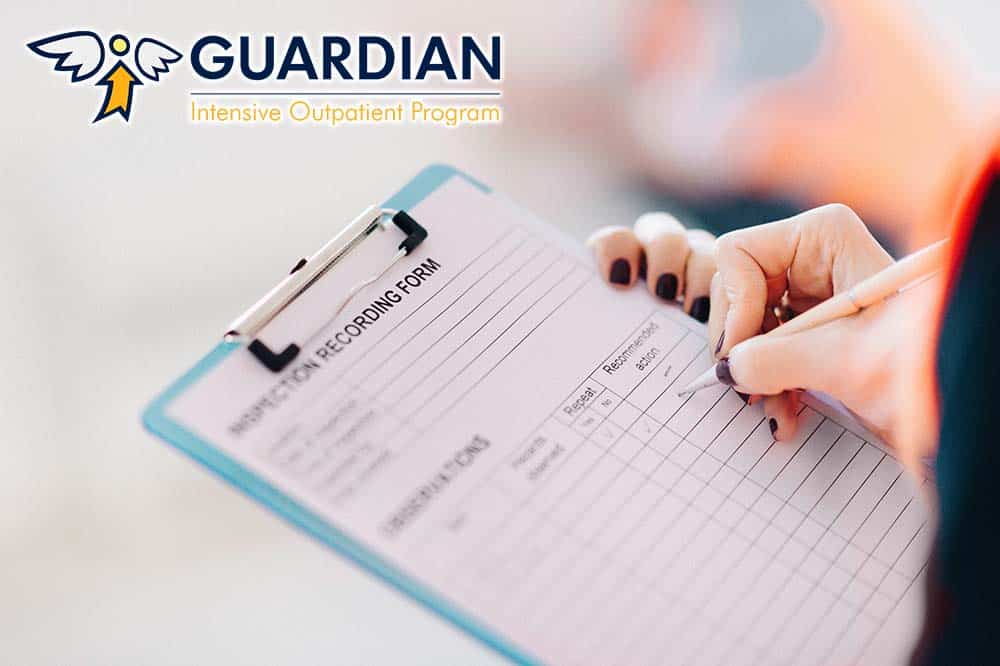Prescription drug overdose is one of the most devastating and tragic public health emergencies in American history. In 2017 more than 72,000 people died from overdose, and many of those cases are directly related to prescription drug abuse.
Although prescribing rates for these drugs are facing increasing scrutiny, they are still given to patients at alarmingly high rates. These substances tend to end up in the wrong hands, even when these medications are prescribed legitimately for chronic pain or another health condition. Findings from the 2016 National Survey on Drug Use and Health reveal that more than 6 million people in the US abuse and misuse prescription drugs. In the majority of cases, those prescription drugs were obtained from the home medicine cabinets of family and friends.
People tend to hold on to medications because they feel they may need them in the future, but evidence shows keeping them is more dangerous than getting rid of them and going back to your doctor if you need a refill down the road. In the case of expired, unwanted or unneeded medications, it is important for people to keep track of what is in your medicine cabinets. This is the only way to make sure prescription drugs do not get diverted. It can be a matter of life and death for a loved one.
What Medications Pose the Biggest Threat?
People should never take a medication that hasn’t been prescribed to them, and even in the cases of over-the-counter medication use people should be speaking with a health professional before starting a new regimen. That being said, certain prescription medications are more dangerous than others due to their high abuse potential. These medications include:
- Prescription opioids like codeine, fentanyl, hydrocodone or oxycodone
- Prescription stimulants like amphetamine, methylphenidate
- Central nervous system depressants like barbiturates, benzodiazepines and sleeping medications
Although much of the conversation around leftover medications focuses on the potential for teenagers or adults to take them, there is a less-discussed danger that every parent and adult should be aware of. Prescription medications are small and may look like candy, so the potential for a child to ingest pills that are left within their reach is a very real concern. About 95% of all accidental poisonings in children under 6 years of age involve prescription medications.
Prescription Take-Back Days
Disposal of unneeded or unwanted medications should be done safely. One way to be sure your unused medications don’t wind up in the wrong hands is to let the professionals handle it. In 2010, the US Drug Enforcement Administration (DEA) launched “National Prescription Drug Take-Back Day,” an initiative that sets up authorized receptacles, usually located in pharmacies, for people to dispose of their unwanted and unneeded medications.
Law enforcement participants have a no questioning policy, so there is no threat of getting in trouble for dropping anything off. Results from the most recent Take-Back Day, which occurred in April 2018, show that there were more than 5,800 collections sites nationwide. Law enforcement participants collected nearly 475 tons, or nearly 950,000 pounds, of medications.
Learn more about Guardian IOP and how we can help with prescription drug abuse issues.
Sources Used:
https://www.drugabuse.gov/drugs-abuse/commonly-abused-drugs-charts

Reviewed for accuracy by:
Anna Marie Barrett LCSW, CYT
Anna earned her Masters of Social Work at Barry University in Miami, FL in 2017 and completed her internship in co-occurring disorders. Anna has a Bachelors of Art in Religious Studies from Naropa University and is a certified yoga and meditation instructor. Anna has received specialized training in somatic counseling with an emphasis on body-centered psychotherapy.




















